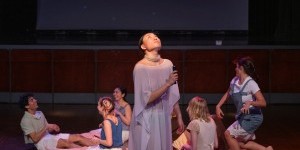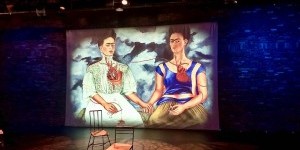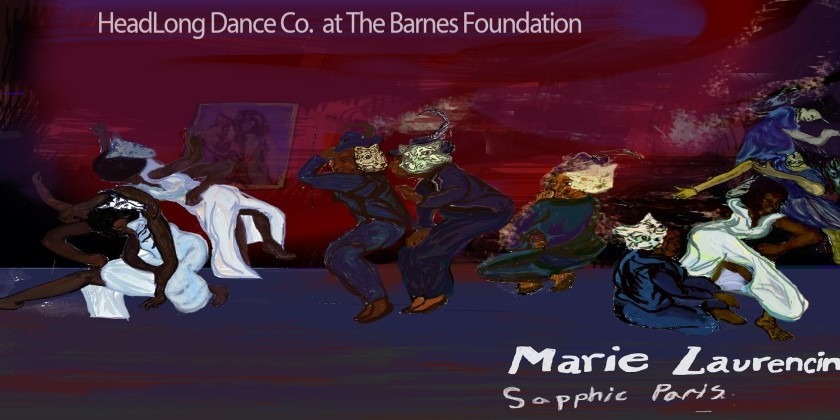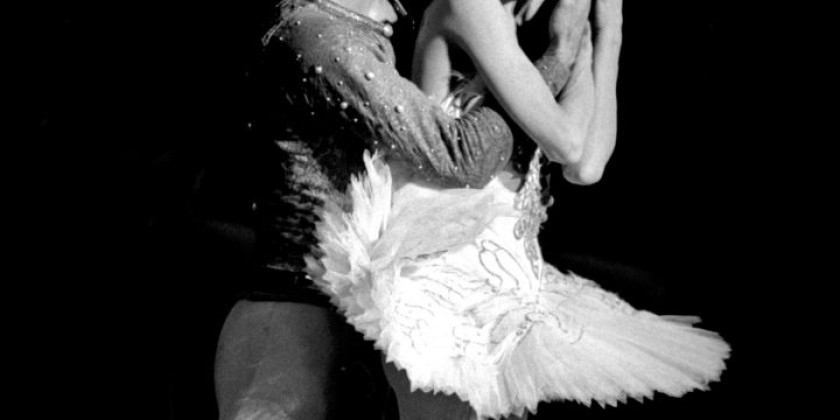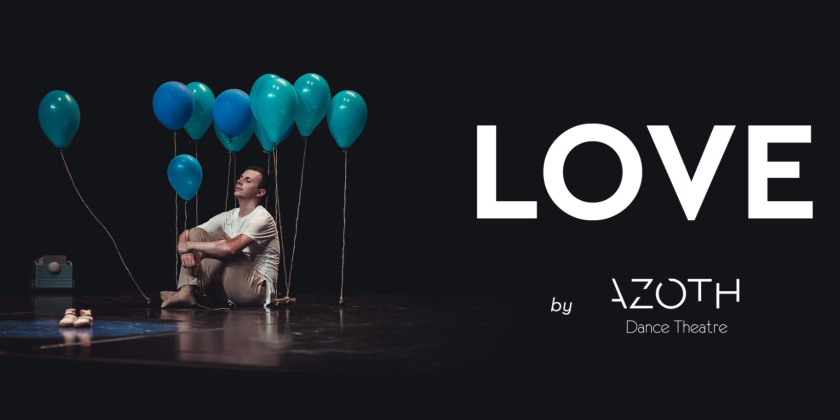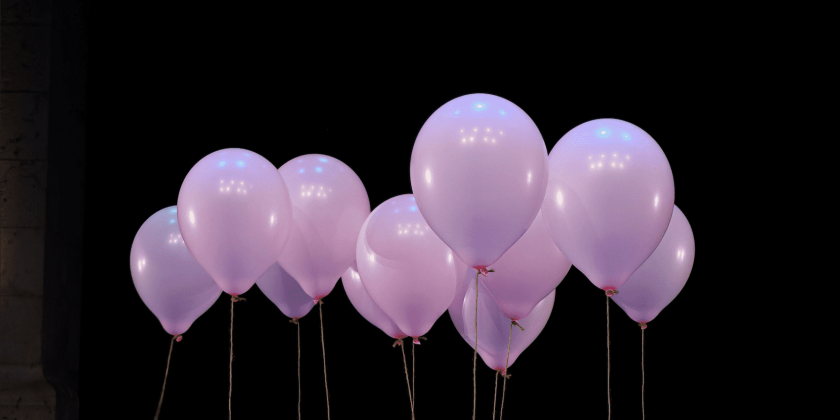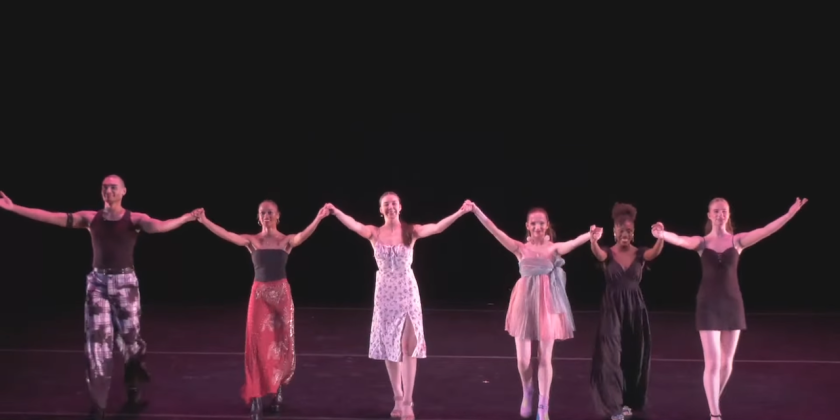AUDIENCE REVIEW: Theodora Boguszewski on Stefanie Batten Bland and John Heginbotham
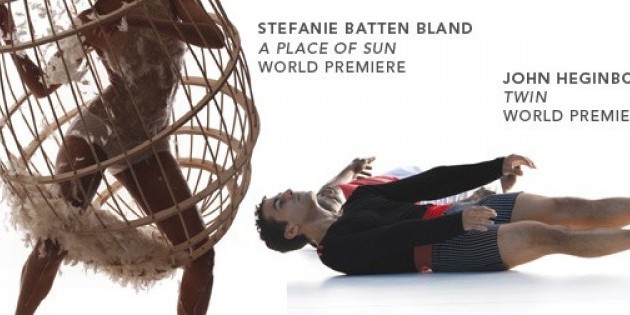
Company:
John Heginbotham and Stefanie Batten Bland
Performance Date:
05/10/2012
Company / Show / Event
John Heginbotham and Stefanie Batten Bland
Performance Date
05/10/2012
Venue / Location
Baryshnikov Arts Center
A bit about you:
(your occupation, the last time you moved, your website, etc.)
Dancer/ choreographer living in Crown Heights, BK, founder/ head of the Hoover Dam Collective
Have you ever seen this company/ before?
Tell us a bit about your history with this group/performer?
No, I have never seen either of these companies before.
 |
Why did you go to the show? What did you expect to see?
I had been hearing both Heginbotham and Battan Bland’s names around the New York dance community for several years, and had yet to see either of their work. I see Heginbotham around the Brooklyn dance scene on a regular basis, and I have always found him to be a charming and unique character; I wondered if his work reflected his humorous personality. I was also curious if Heginbotham, as a former MMDG dancer, showed influence from Mark Morris in his work ( because how can we help but be inspired by the creative forces that surround us?). I have been seeing postings about Stefanie Battan Bland’s classes around town, and was always intrigued by her class descriptions and her promotional images. I had very few pre-conceived notions about either of these choreographers, and entered the show with a fairly open mind.
What was your favorite moment(s)? What inspired you?
There were a few moments in Heginbotham’s piece that caught my attention and punctuated the work in an interesting way. In these moments, he made the unique choice to react directly to music that could have easily been used as background. It seems to have become a trend recently for modern dance choreographers to choose music that is fairly ambiguous, and does not necessarily dictate the dance in a specific direction. For example, most techno and electronic music provides a solid beat, but does not require too much attention from a choreographer. “Mickey Mousing,” or direct imitation of the music, is often used in ballets composed to classical music, but rarely with more minimalist soundtracks. It was interesting to see the minimalist music (composed by Aphex Twin) used directly to inform the dance.
In one such moment, 4 dancers were clumped in the center of the stage. One of them started bouncing, a direct reaction to the pounding electronic beat. One by one, they joined until they were all bouncing in unison. The effect was a comically dry moment.
In another instance, strange moan-like noises in the music were highlighted by several of the dancers, who opened their mouths to appear to be making the noise themselves. This unique reaction to the music was, if bizarre, quite memorable.
The moment in Battan Bland’s piece that really caught my attention was the very opening image. As we walked in and took our seats, 6 feather-filled cages adorned the stage, inside of which could barely make out the outline of cramped, writhing bodies. Because the stage was not raised or separated from the audience in a clear way, it almost felt as if we became part of the tableau as we entered the space. In fact, I was quite tempted to walk up on stage and examine the cages, as I would an installation at a museum. The air of mystery brought about by the opening image was enough to keep my attention focused for quite some time.
Do any images, colors or feelings pop into your head when you think about this show?
Heginbotham’s piece was structured and technically rigorous, but also theatrical. The dancers took on character roles, which were distinct, if somewhat abstract. The cleanliness of the piece in combination with the strange characters resulted in an environment which felt almost sterile, like a hospital or beaurocractic institution. The institutional feel conjured images from Ken Kesey’s “One Flew Over the Cukoos Nest.” There was something quite cinematic about the piece; the black and white costumes in combination with the stark lighting and erie atmospheric music made me feel as though I was watching a Hitchcock movie or a film noir. The deadpan expressions of the dancers contributed to the mysterious quality, as did the dark figure who stood stationary just outside the wings, occasionally coming more into focus, but never drawing attention to himself or doing anything noteworthy. As an audience member, I identified with this strange character; I felt that he was, like myself, an observer of some twisted mystery.
The obvious color choice in Battan Bland’s piece was white; the white feathers conjured images of clear blue skies and wide, open spaces. The feathers reminded me of billowing clouds, and the title “A Place of Sun” contributed to themes of light and air. I envisioned myself as a pigeon up in the rapters of an enormous cathedral; the lighting, music, and props gave the stage a great sense of space. The piece, though not religious, had a very distinct sense of spirituality; we observed a clear struggle, and then an overcoming of obstacles. The caged bird image reminded me of the Maya Angelou poem “Caged Bird,” and I wondered if there was any association. There was something quite royal about the piece, and I imagined watching it from very far away in a theater with huge red silk curtains.
What would you like to have seen more of? Less of?
I found Heginbotham’s piece to be a refreshing combination of technical virtuosity, humor, and theatricality. In a world of where modern dance often means a complete disposal of all classical form, the classical ballet trained dancer in me (what’s left of her) found such satisfaction in pointed feet and pencil-straight legs flying high in the air. But the best part was that the technical movement wasn’t the entire substance of the piece- it was simply a nice plus.
The only place where I felt that this piece fell short were a few moments where it appeared that the rigor of the movement overtook the progression of the piece. This is no discredit to Heginbotham’s beautiful dancers, who took on the challenging movement quite heroically. Perhaps it was a subconscious influence of Balanchine, and his idea of the dancers battling the difficulty of the choreography, but there were points where it seemed that the speed and technicality of the movement was just unhumanly difficult. One such moment that stood out in particular was a duet between Lindsey Jones and Kristen Foote, both quite technically adept performers. By the end of the duet, however, we felt as though we were witnessing them battle the difficulty of the steps, which inhibited the piece a bit.
Battan Bland’s piece made use of many striking choices in the realms of props, sets, music, and lighting. However, despite the dramatic music and extravagant props, I felt that the dynamics of the piece often feel short due to lack of organized movement. In reflecting upon this piece, much of it seems to blend together in my mind, and I wonder if this is due to the lack of contrast throughout the piece. Bland had a solid cast of physically capable movers, all of who were blessed with muscular, hypermobile bodies. Additionally, the movement itself grew to be quite large and physical by the apex of the piece. However, there was a distinct lack of unison movement, which I feel would have been quite satisfying in the context of such a dramatic work. As an audience member, I often found myself torn trying to decide which dancer to watch. I longed to see all those writhing muscles move together in a cohesive way; this would have provided the needed dynamics that the piece was lacking. Additionally, I would have liked to see more spatial structure. The entire space was available and occupied the entire time, and it would have been nice to see more distinct formations that segmented parts of the stage. In short, I felt that there were several instances where the choreography itself did not quite live up to the impressive props and music.
If you could, what would you ask the choreographer / dancers?
In Heginbotham’s work, I found that one of the most intriguing elements was the mysterious character in a dark suit and tie who stood in the upstage left corner the entire piece, from time to time becoming more noticeable, but never really moving or doing anything of consequence. I have developed various hypotheses about the significance of this character, but I would love to know what role Heginbotham envisioned for him.
In Battan Bland’s work, I would love to know more about her idea behind the ending of the piece. About three quarters of the way through, the dancers re-enter the cages of which they had previously broken out. They line up in the back, standing partially inside the cages. They then proceed to remove the cages, and pass them up through the audience. The choice to involve the audience in such a way was definitely a very conscious decision, but I would love to know more about what prompted Bland to do so, and what the significance was of the cage-passing in the context of the piece ( or was it purely an aesthetic?).






